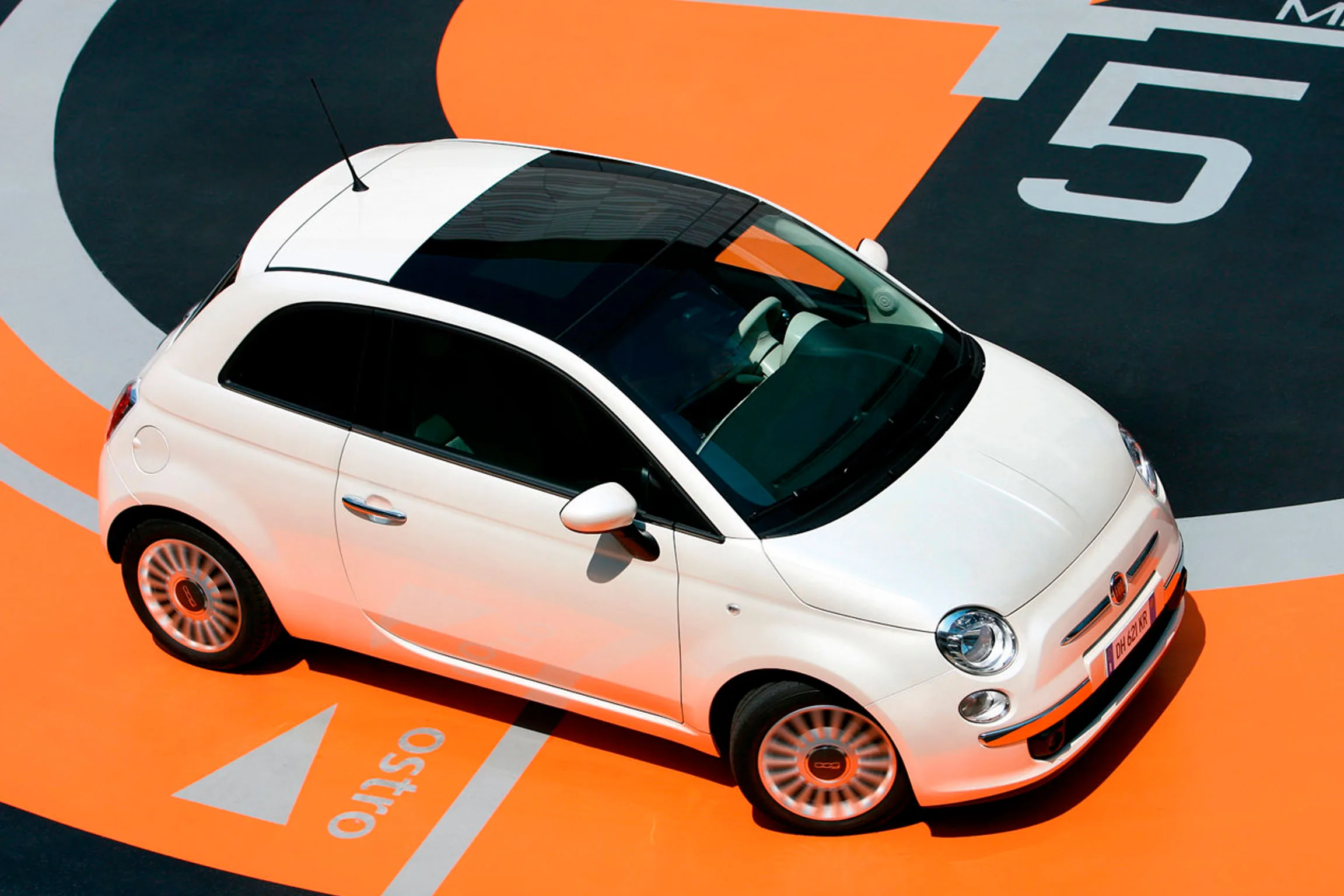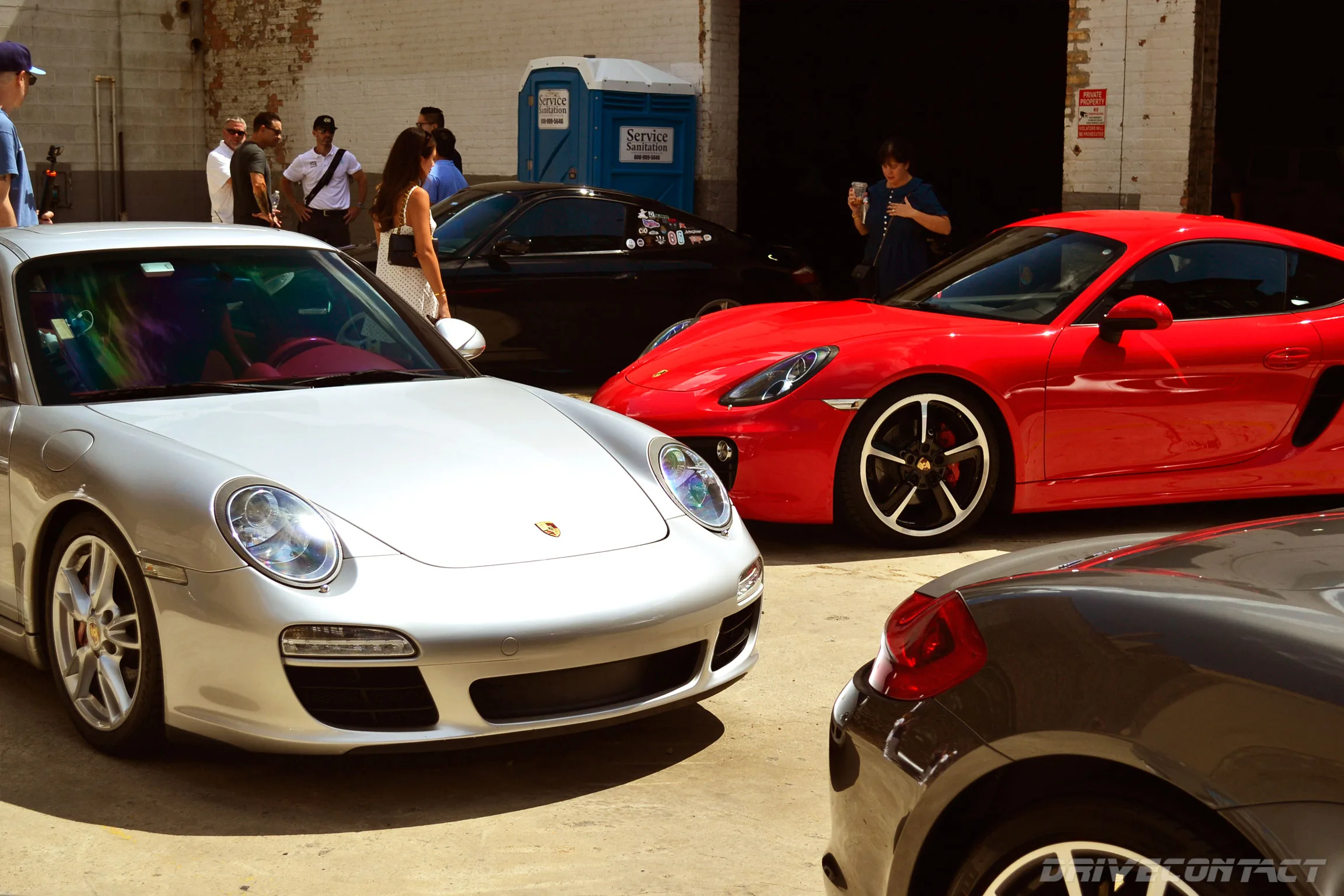Few cars embody Italian character and style as purely as the Fiat 500. Originally launched in 1957, the tiny city car defined affordable urban mobility for postwar Europe, selling an astounding 4 million units over twenty years. Small, economical, and irresistibly charming, the first-generation Fiat 500—affectionately the cinquecento—became a cultural touchstone that put Italy on wheels. Half a century later, Fiat revived that same playful spirit for a new century with the introduction of the modern 500, beginning a second age of Italian city car iconography.

Reinventing a Legend
The third-generation Fiat 500, unveiled to the public in 2007, traced its design lineage directly from the beloved classic. Fiat’s designers captured the character of the original—its rounded silhouette, friendly “frog-eye” headlights, and compact proportions—but reimagined them with modern precision and stylish refinement.

The concept for the reborn 500 first appeared as the Trepiùno prototype at the 2004 Geneva Motor Show, where it captivated audiences with its retro contours and futuristic interior packaging. The overwhelmingly positive reaction led Fiat to fast-track the model into production. Built upon the Fiat Panda’s platform, the new 500 shared its engineering DNA with one of Europe’s most capable small cars, ensuring reliability, practicality, and lightness.

When production began at the Tychy plant in Poland in 2007, demand was immediate and overwhelming. Fiat received thousands of pre-orders within days of launch—so many that even two years later, some customers were still waiting for their cars. The 500’s irresistible combination of nostalgia and everyday usability propelled it into instant success across Europe and beyond, cementing it as one of the defining small cars of the 21st century.
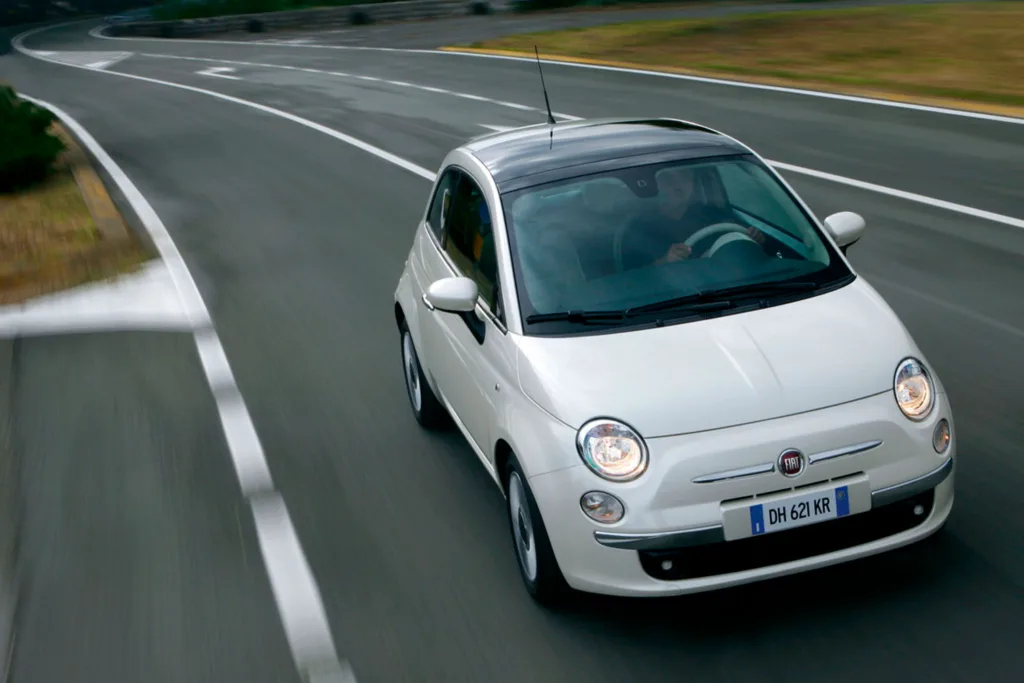
Engine and Performance
The 2008 Fiat 500 1.2 8V Lounge SS (Short for Sporting Suspension) delivered a delightful balance between efficiency, city agility, and a sporty edge. Under the hood sat Fiat’s reliable 1.2-liter inline-four engine, part of the brand’s long-running FIRE (Fully Integrated Robotised Engine) series. This compact, lightweight unit produced 69 horsepower (51 kW) and 102 Nm of torque, paired with either a five-speed manual or an optional Dualogic automated gearbox.
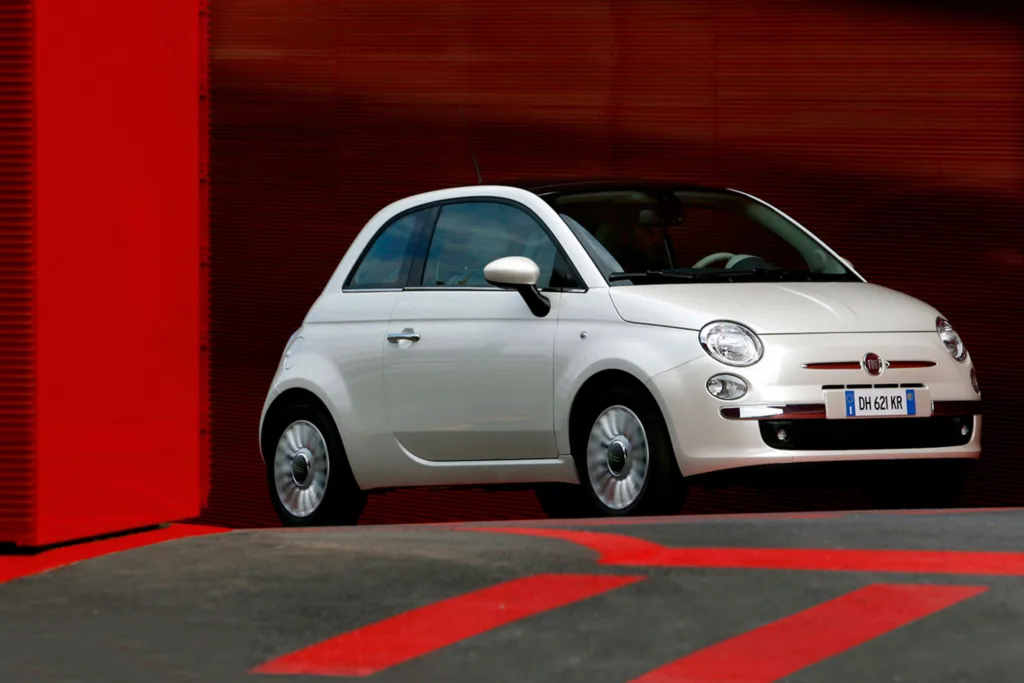
While 69 hp may sound modest, the 500’s lightweight construction—tipping the scales at just 1,010 kg—transformed it into a lively performer. With a 0–100 km/h sprint time of around 12.9 seconds and a top speed of 160 km/h, the car offered enough zest for spirited city driving while maintaining exceptional fuel economy—averaging over 18 km/L (42 mpg) in mixed conditions.

The “SS” package featured sport-tuned suspension, delivering more precise handling and reduced body roll compared to the standard model. Combined with the front-wheel-drive layout and the car’s ultra-short wheelbase, the 500 responded instantly to steering input, exuding that playful, go-kart-like character that made Fiat’s small cars famous.

Design and Interior: Retro Meets Refined
The Fiat 500 Lounge trim—the most luxurious and popular specification—showcased Fiat’s signature blend of retro design and contemporary comfort. Chrome accents, rounded mirrors, and optional 16-inch alloys paid homage to its 1950s predecessor, while the subtly modernized proportions gave it a sophisticated, high-end feel unusual for such a compact car.
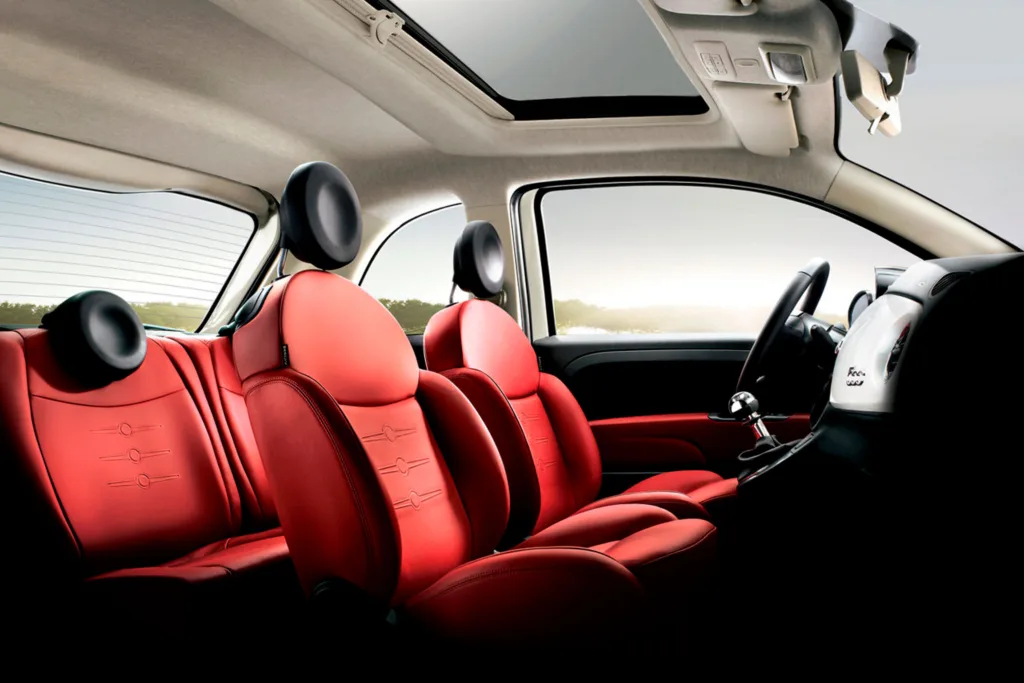
Inside, the Lounge variant displayed Fiat’s flair for playful styling. The body-colored dashboard, circular controls, and two-tone upholstery created a unique atmosphere—stylishly nostalgic yet wonderfully ergonomic. Despite its small footprint, the interior was airy and surprisingly accommodating for two adults, with a rear bench suitable for occasional passengers. Features like automatic climate control, Blue&Me Bluetooth connectivity, and panoramic glass roof options placed it firmly in the premium city-car segment.
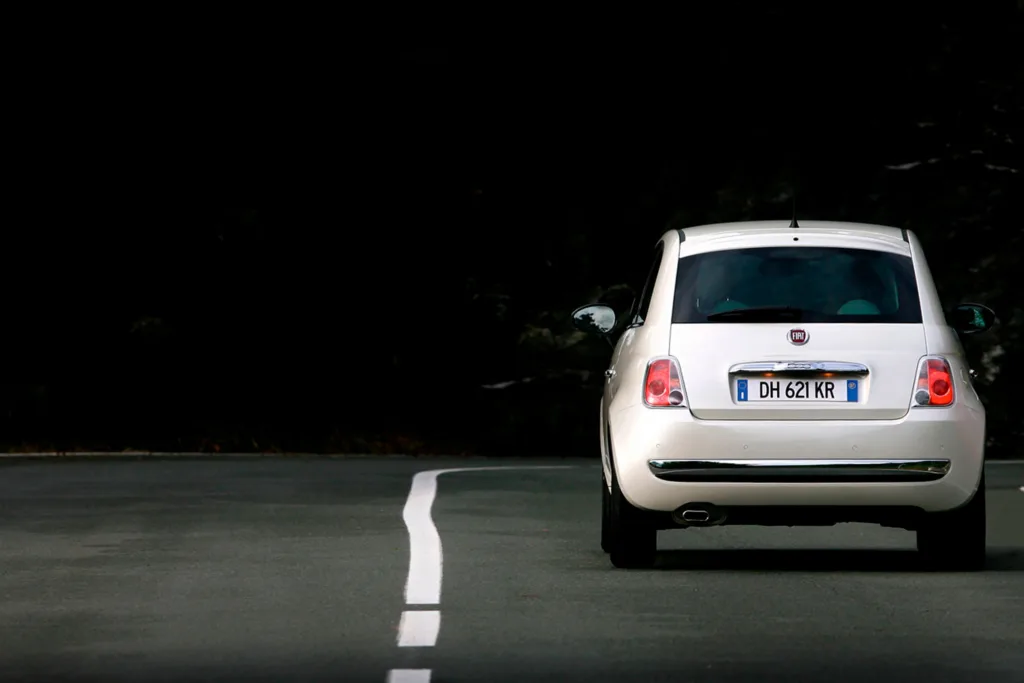
Driving Character
Fiat’s engineers ensured the 500 1.2 was more than just a fashion statement. Its balance of lightweight construction, well-damped suspension, and precise steering made it an engaging car to drive even on winding roads. The ride quality remained composed over rough pavement, while the short gear ratios enhanced acceleration around town.
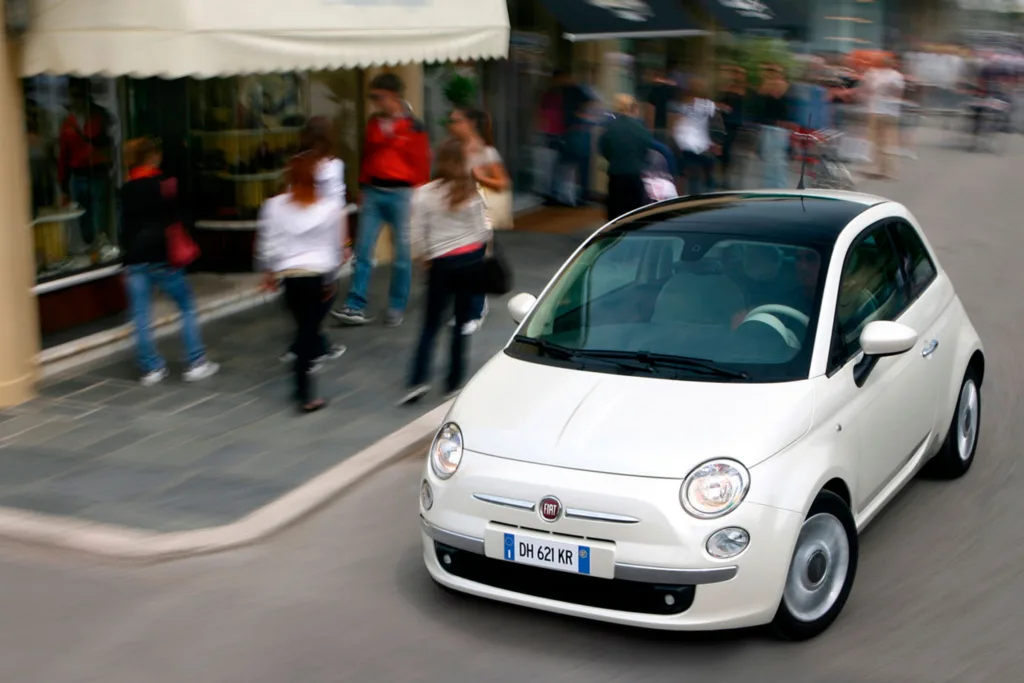
For many, the 500 captured the essence of Italy’s driving culture—practical but full of personality, stylish yet approachable. Even with its compact size, it carried the confidence of a car twice its class, offering both timeless charm and a sense of fun rarely found in everyday vehicles.
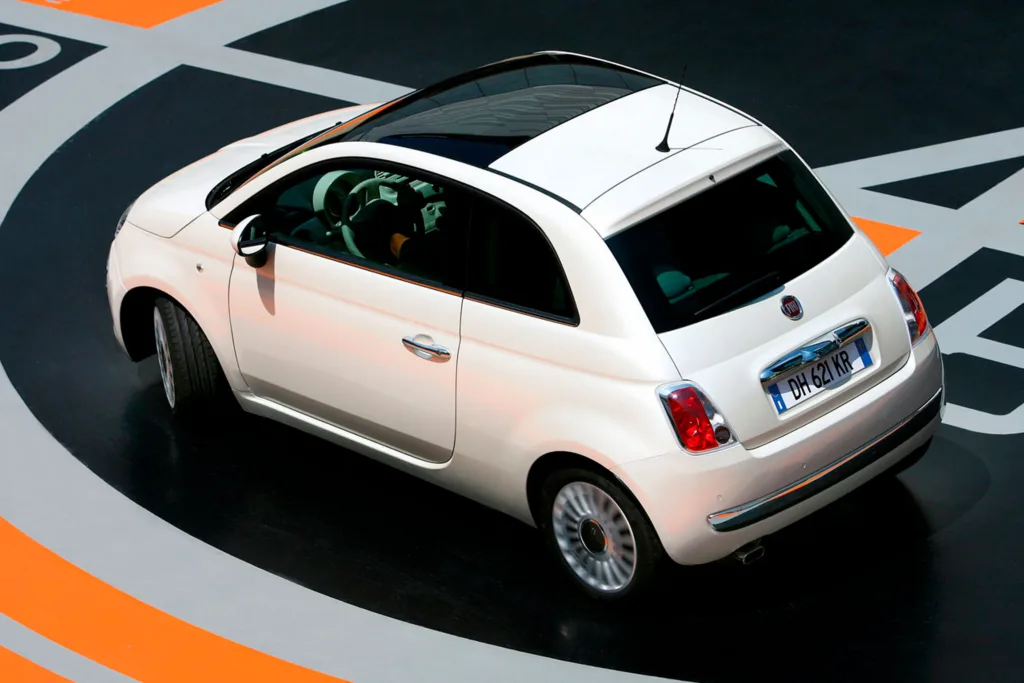
Worldwide Comeback
The new Fiat 500 quickly became an international sensation, helping to redefine Fiat’s global identity. Within its first few years, it won several design and innovation awards, including European Car of the Year 2008, and inspired derivative models like the 500C Cabrio and 500 Abarth performance variants.

By harmoniously blending nostalgia, modern engineering, and youthful energy, Fiat succeeded in achieving what few manufacturers could—reviving a historic model while making it fresh and relevant for a new generation of drivers.
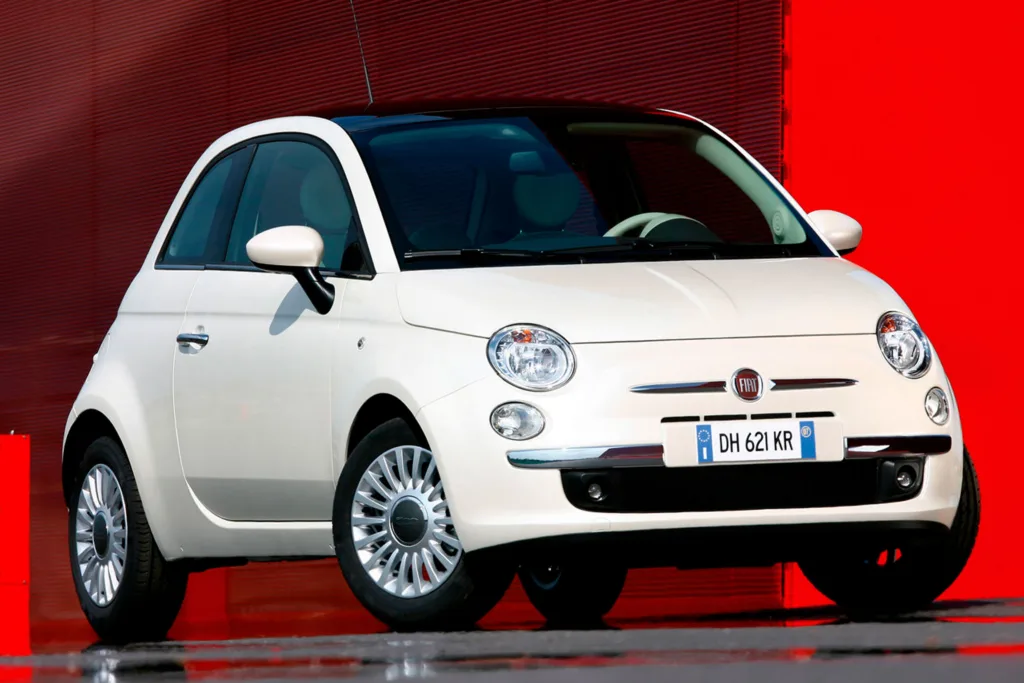
Today, the 2008 Fiat 500 1.2 8V Lounge SS remains one of the most defining and collectible examples of Fiat’s modern line-up.
It embodies everything the Italian brand stands for: clever engineering, style built on heritage, and a pure, joyful connection between driver and car.
